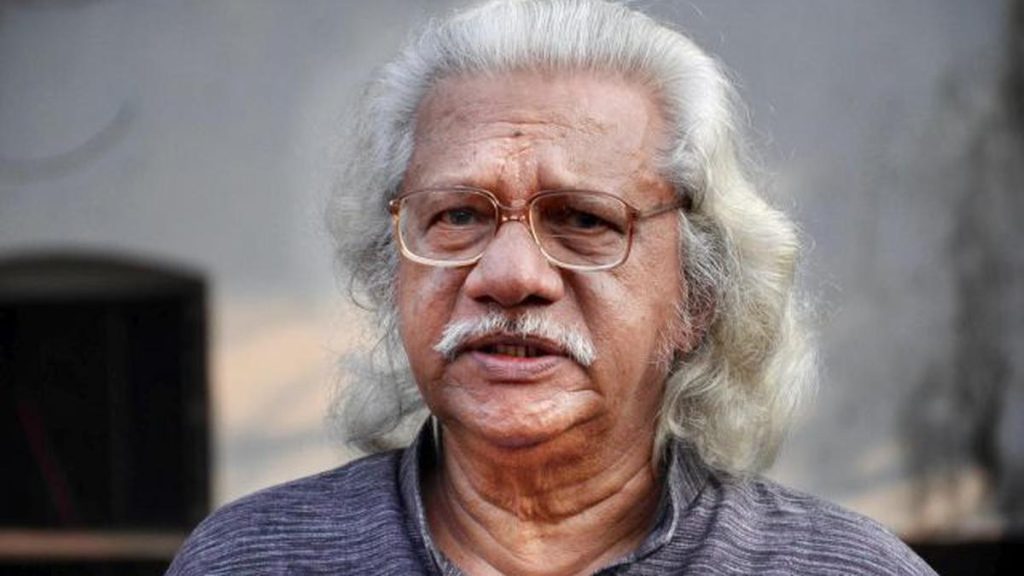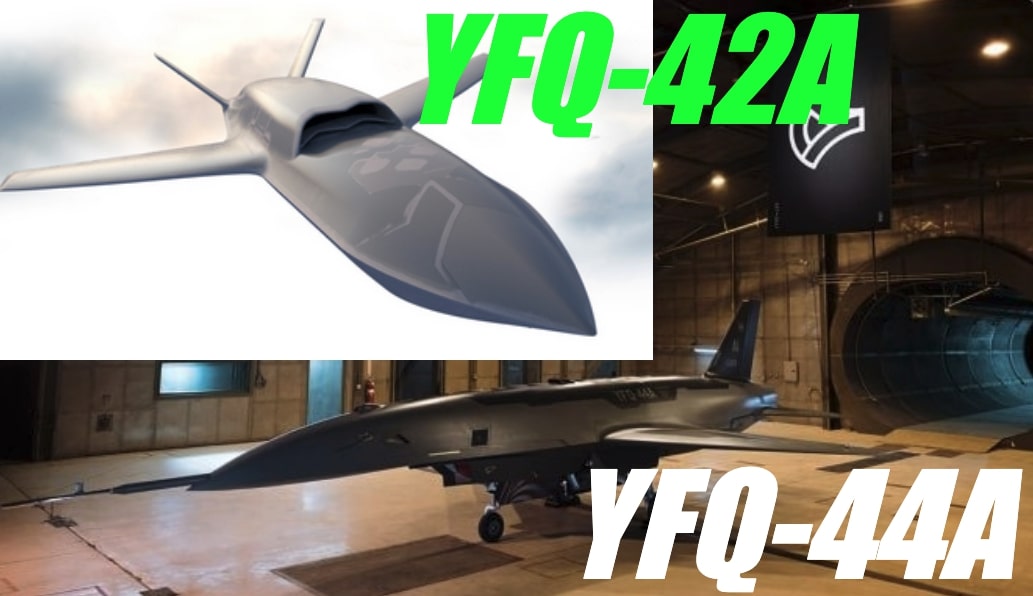Now Reading: YFQ-44A Drones to Partner with F-47 Sixth-Gen Fighter Jets
-
01
YFQ-44A Drones to Partner with F-47 Sixth-Gen Fighter Jets
YFQ-44A Drones to Partner with F-47 Sixth-Gen Fighter Jets

Quick Summary
- Announcement: The US Air Force is developing the YFQ-42A and YFQ-44A unmanned jets to operate alongside the F-47 sixth-generation fighter as part of it’s NGAD program.
- Operational Timeline:
– Unmanned jets planned for operation between 2025-2029.
– F-47 prototype flights expected by 2027.
- Plan Scope: Over 1,000 unmanned aircraft are planned; each manned F-47 fighter will coordinate with around five drones.
- collaborative Combat Aircraft (CCA):
– Purpose: Enhance mission capacity through payload addition, advanced sensors, decoy operations, and more adaptable missions.
– Integration: The drones are designed to complement and work seamlessly with manned sixth-generation fighters like the F-47.
YFQ-44A Specifications
– Autonomous/unmanned design powered by Anduril’s Lattice AI for autonomy.
– length/Wingspan: Approximately 20ft/17ft.
– combat Role: Agile dogfighting, decoys/intercepts, high-risk environment adaptability with modest stealth features.
– Armament Capacity: Two external hardpoints carrying AIM missiles; designed for cost-effective modular payloads including electronic warfare or ISR (Intelligence Surveillance Reconnaissance).
Indian Opinion Analysis
The US Air Force’s development of collaborative unmanned aerial systems signals advancements in combat technology through integrated systems rather than standalone capabilities. India can view such developments within the context of global defense modernization trends while assessing its strategic responses within its growing aerospace programs such as AMCA (Advanced Medium Combat Aircraft).
Adopting lessons in autonomous multi-platform cooperation might prove critical for maintaining technological parity in evolving combat scenarios across domains where human-machine operations will dominate competitive military strategy.




























